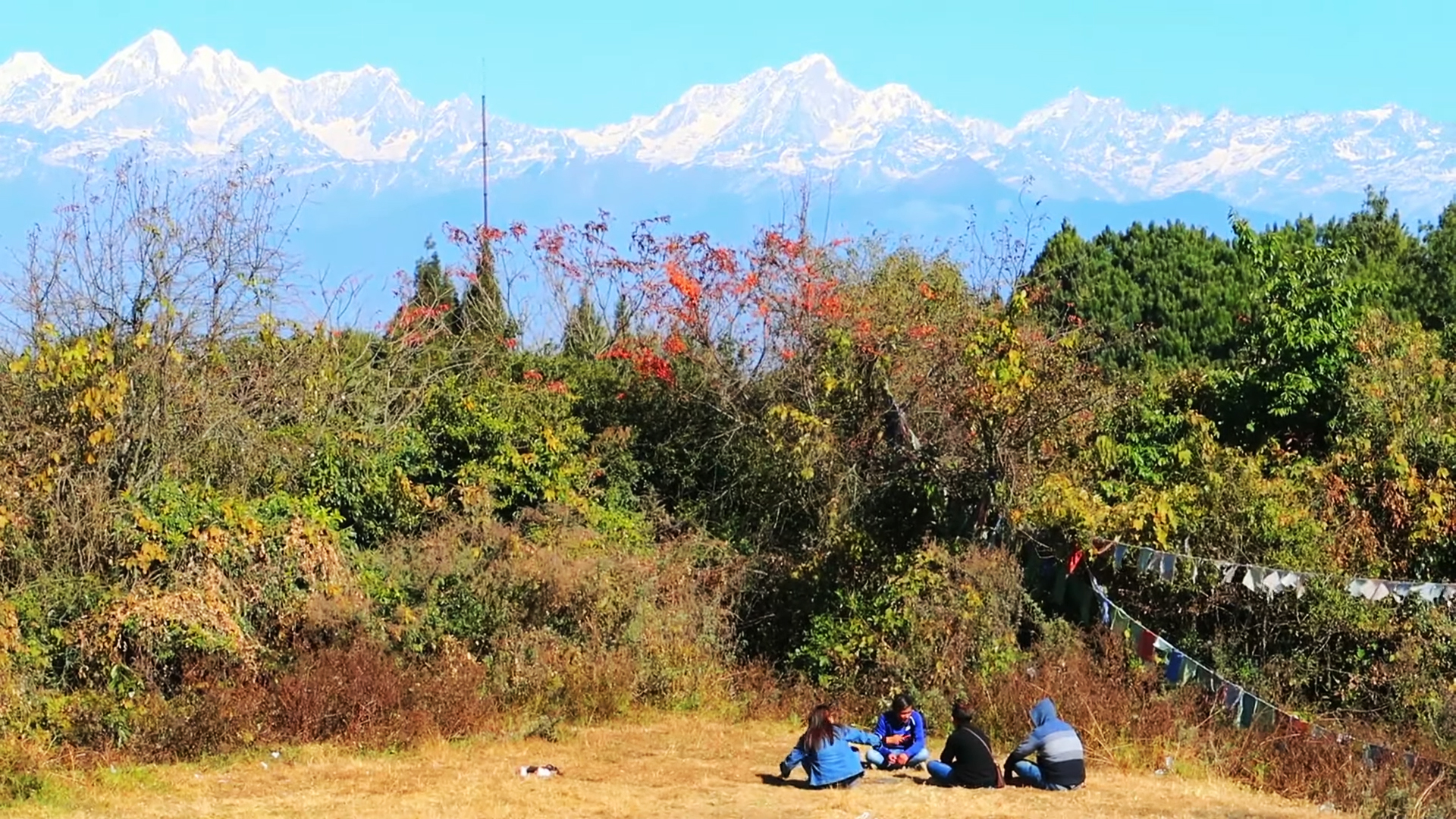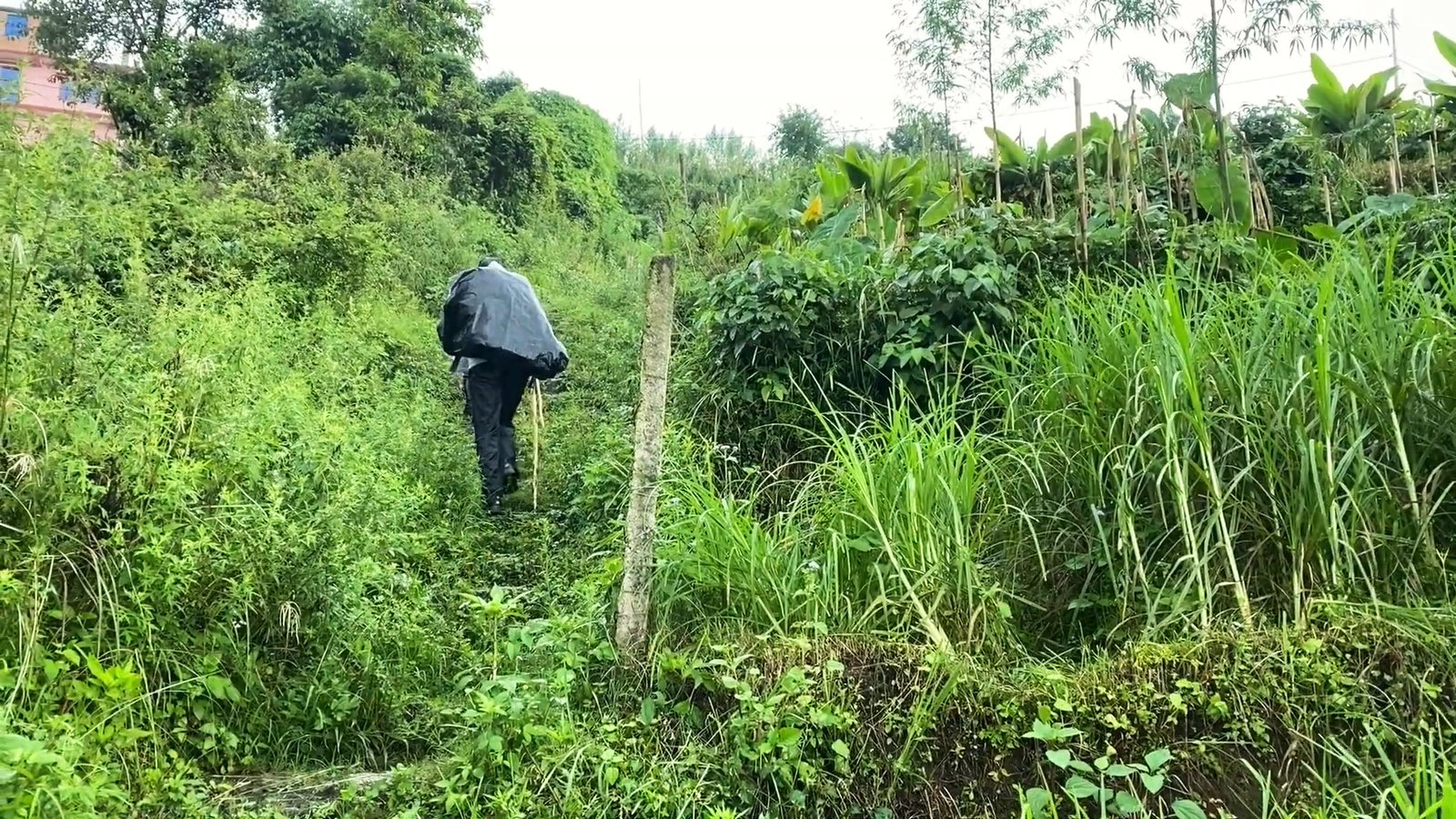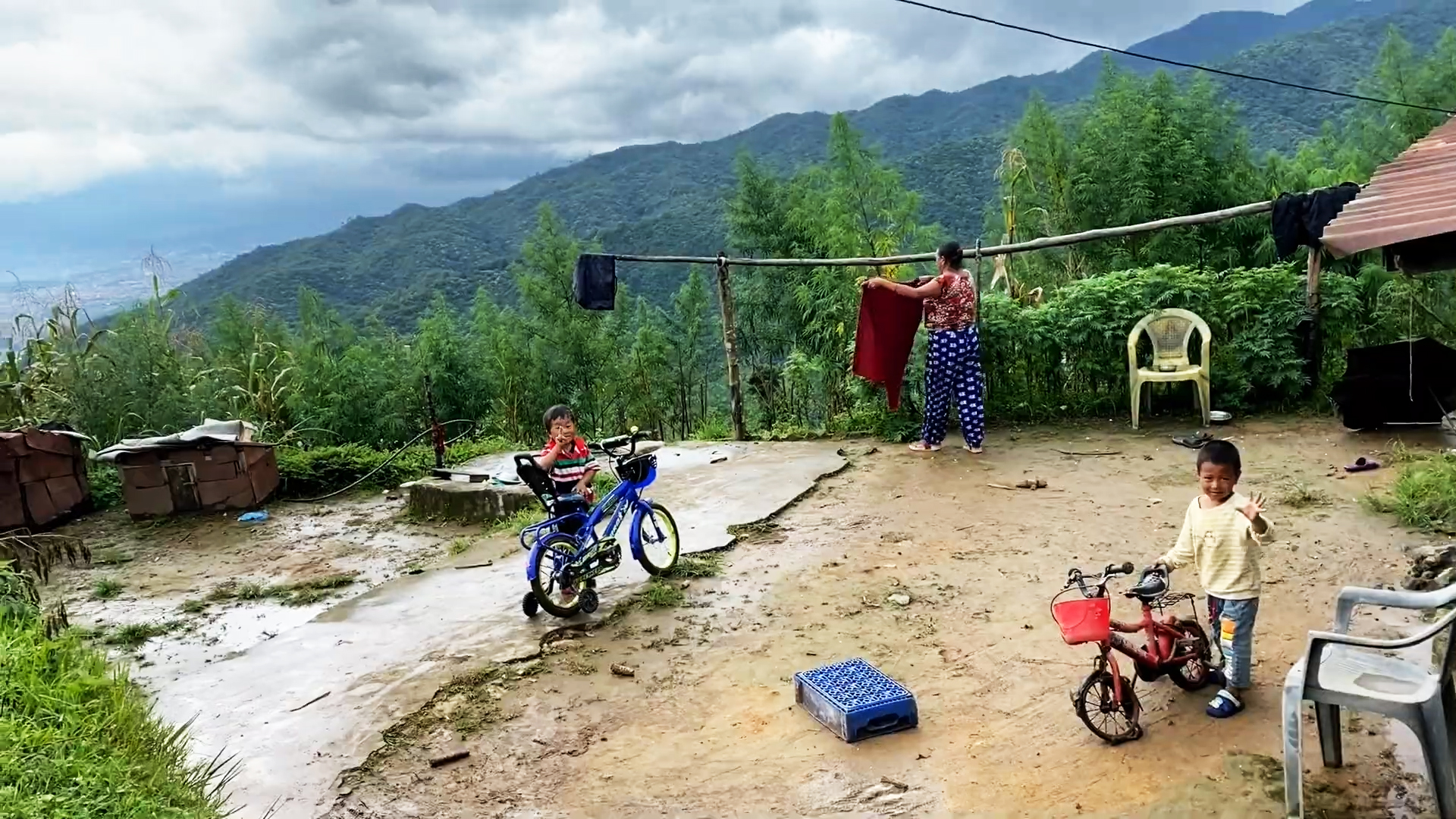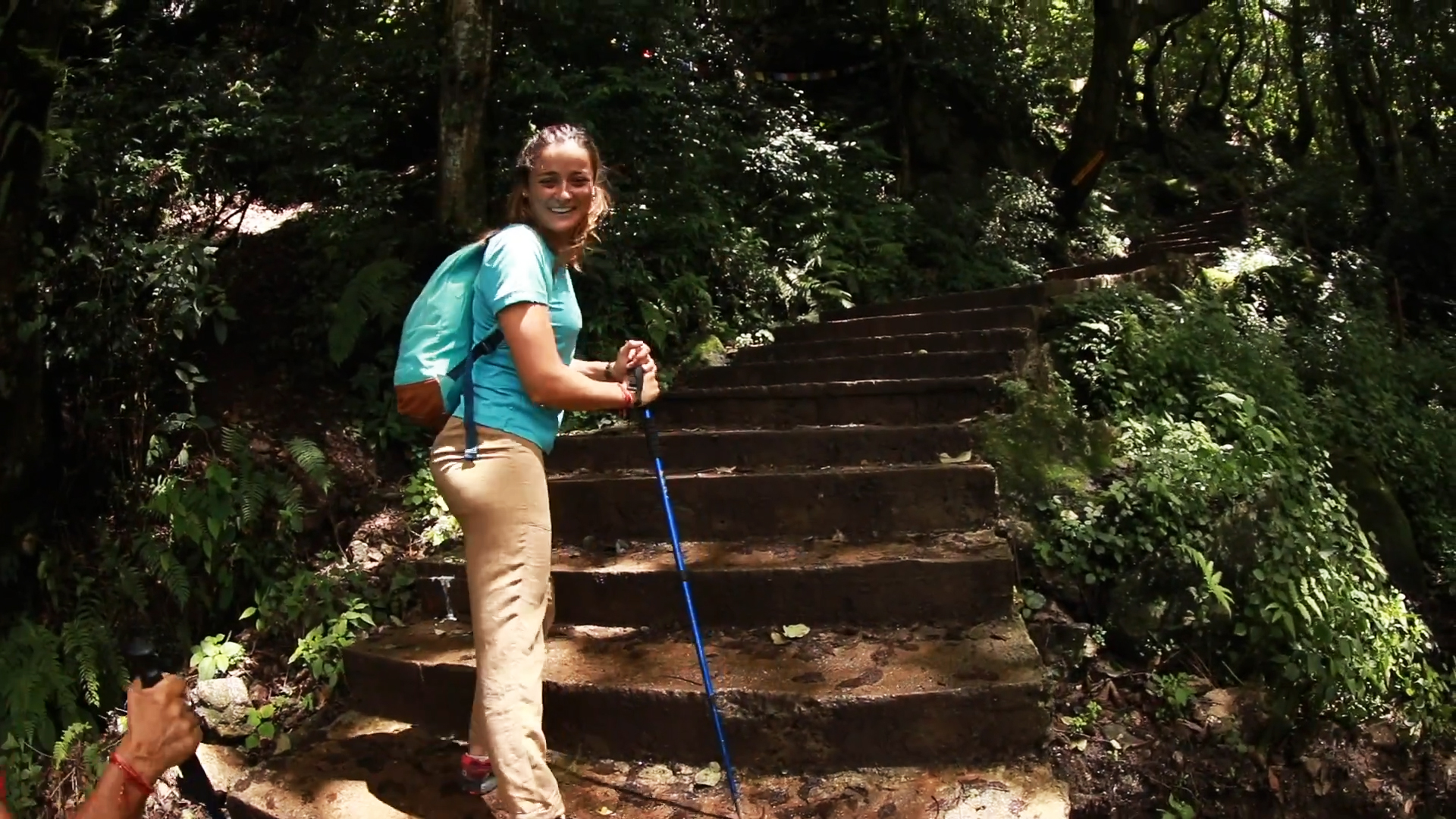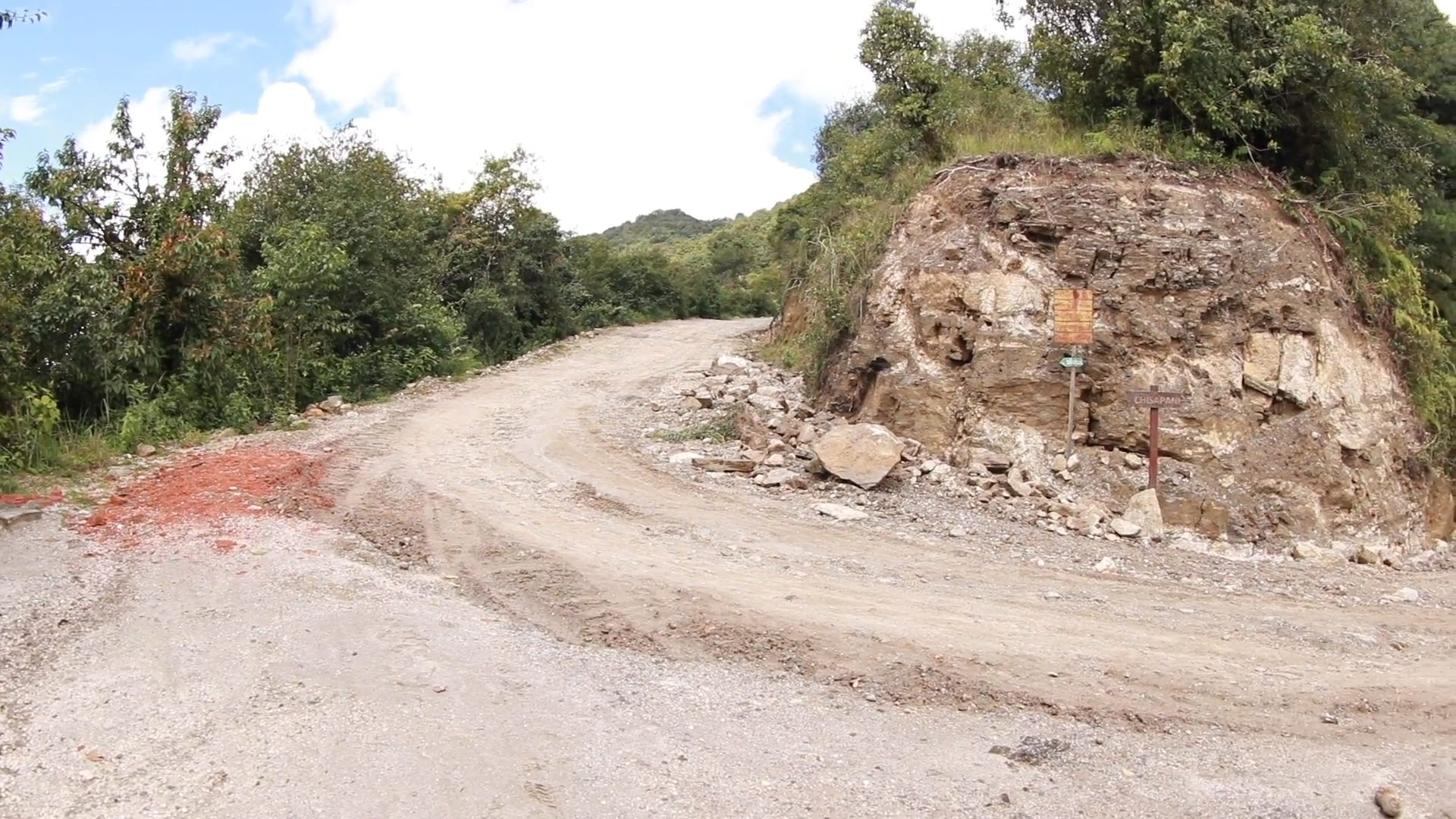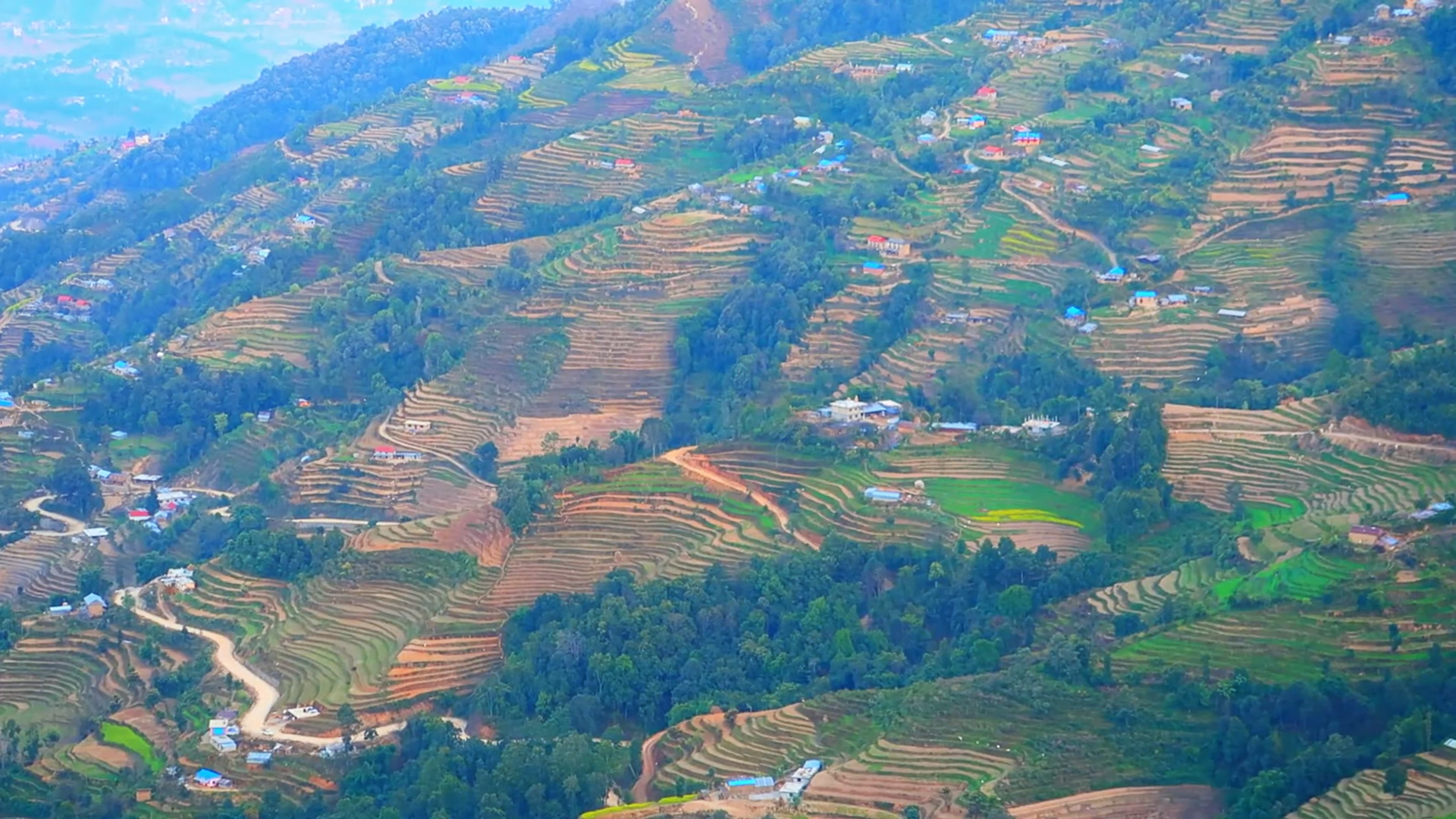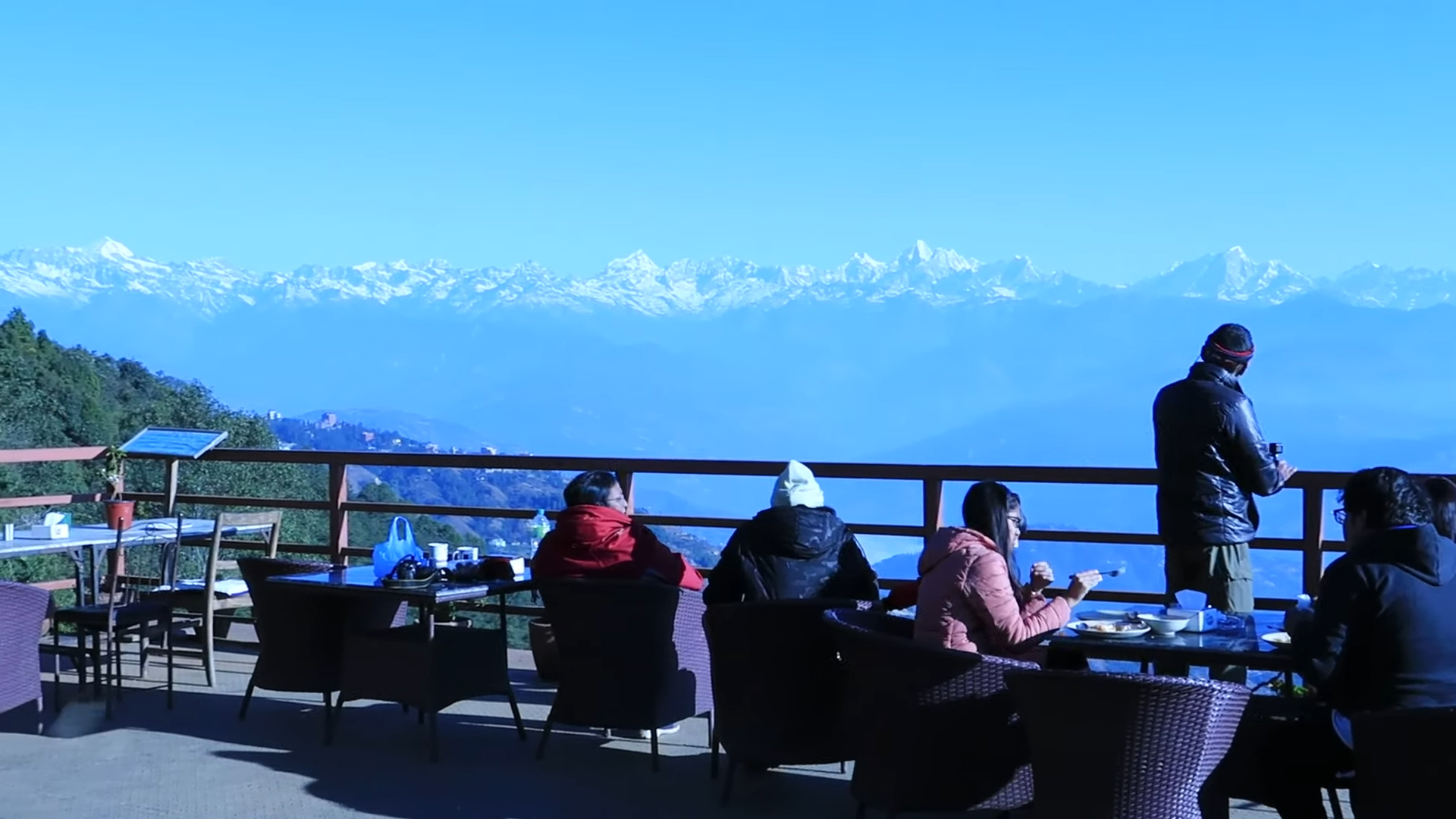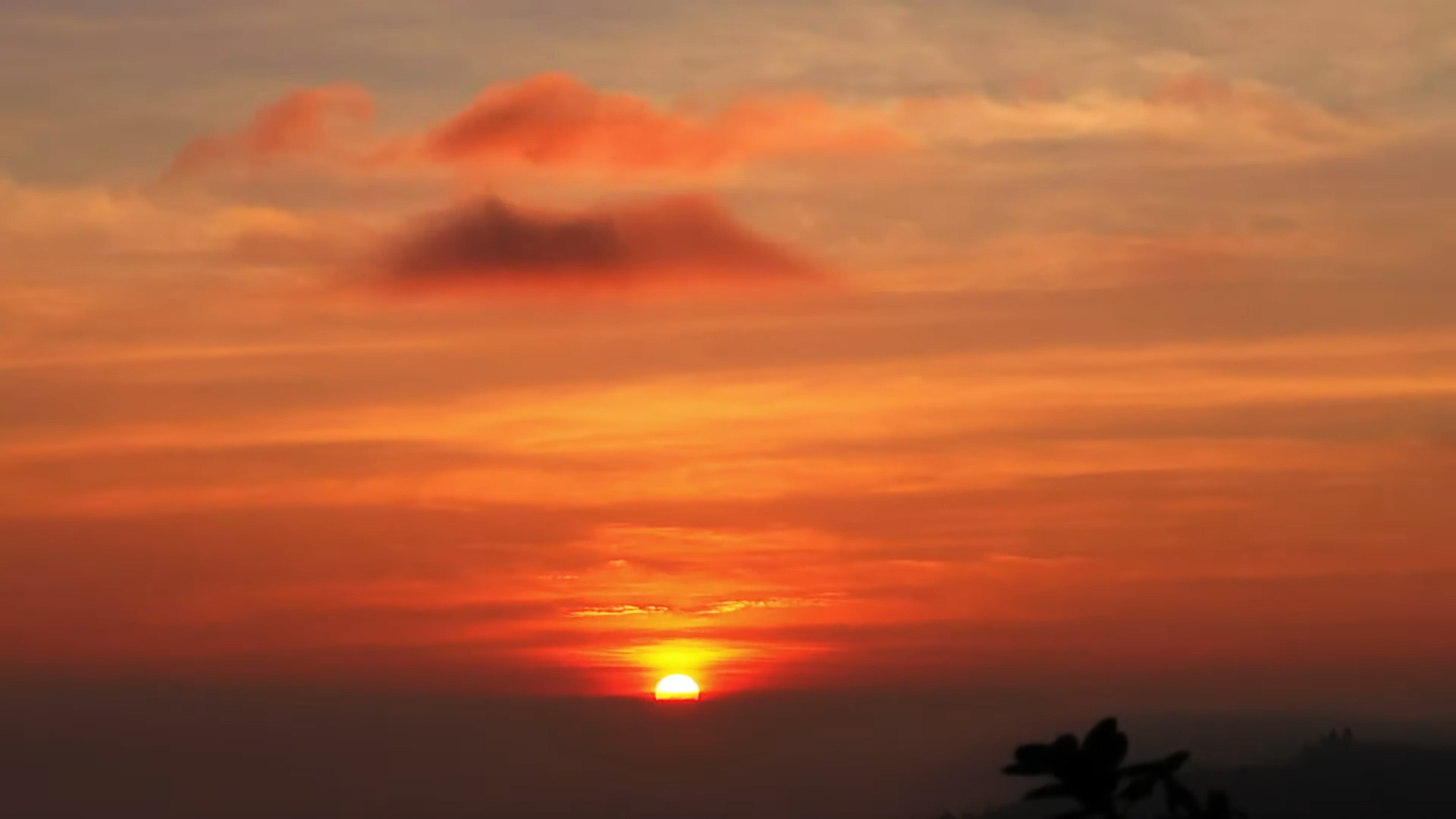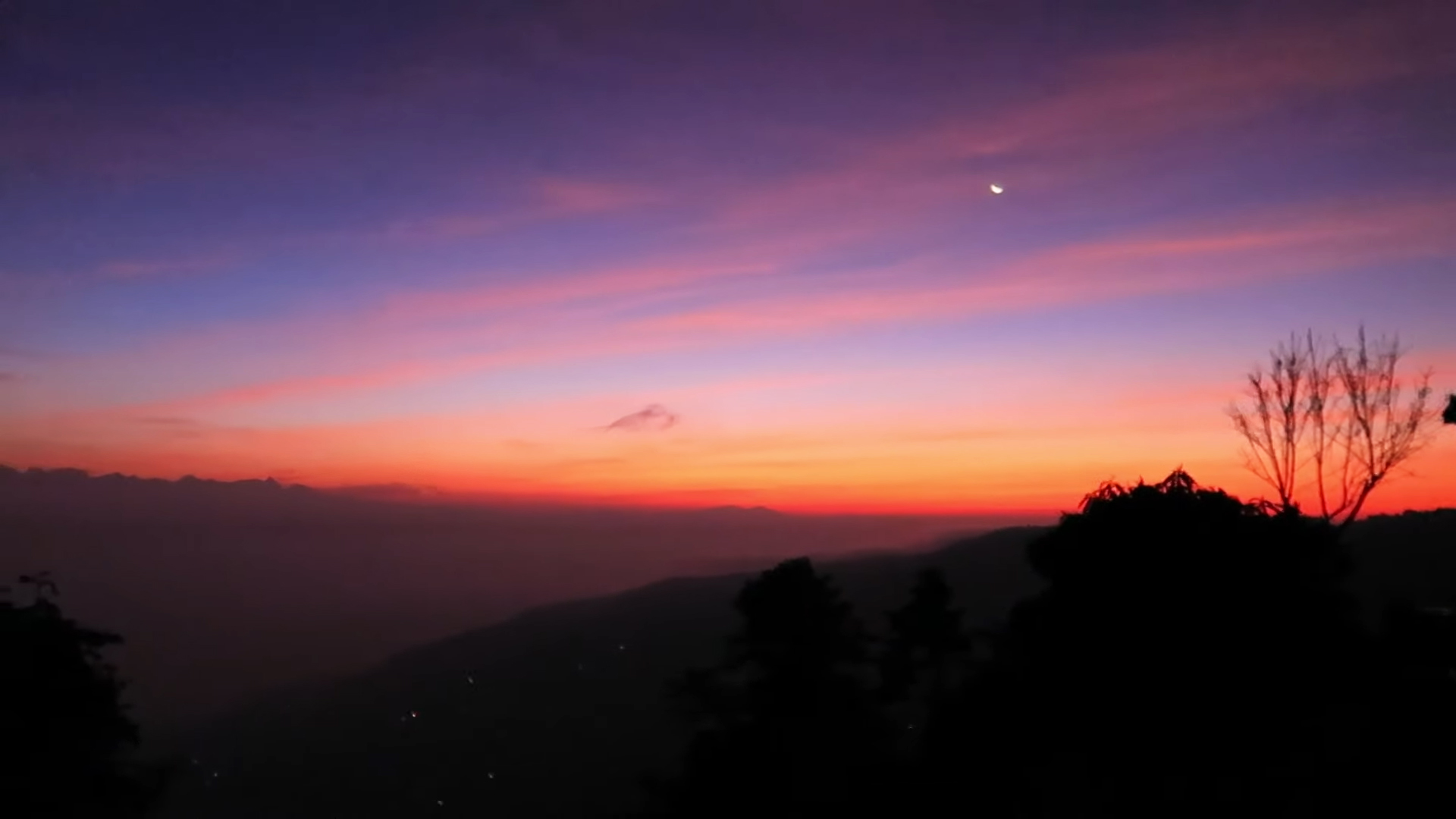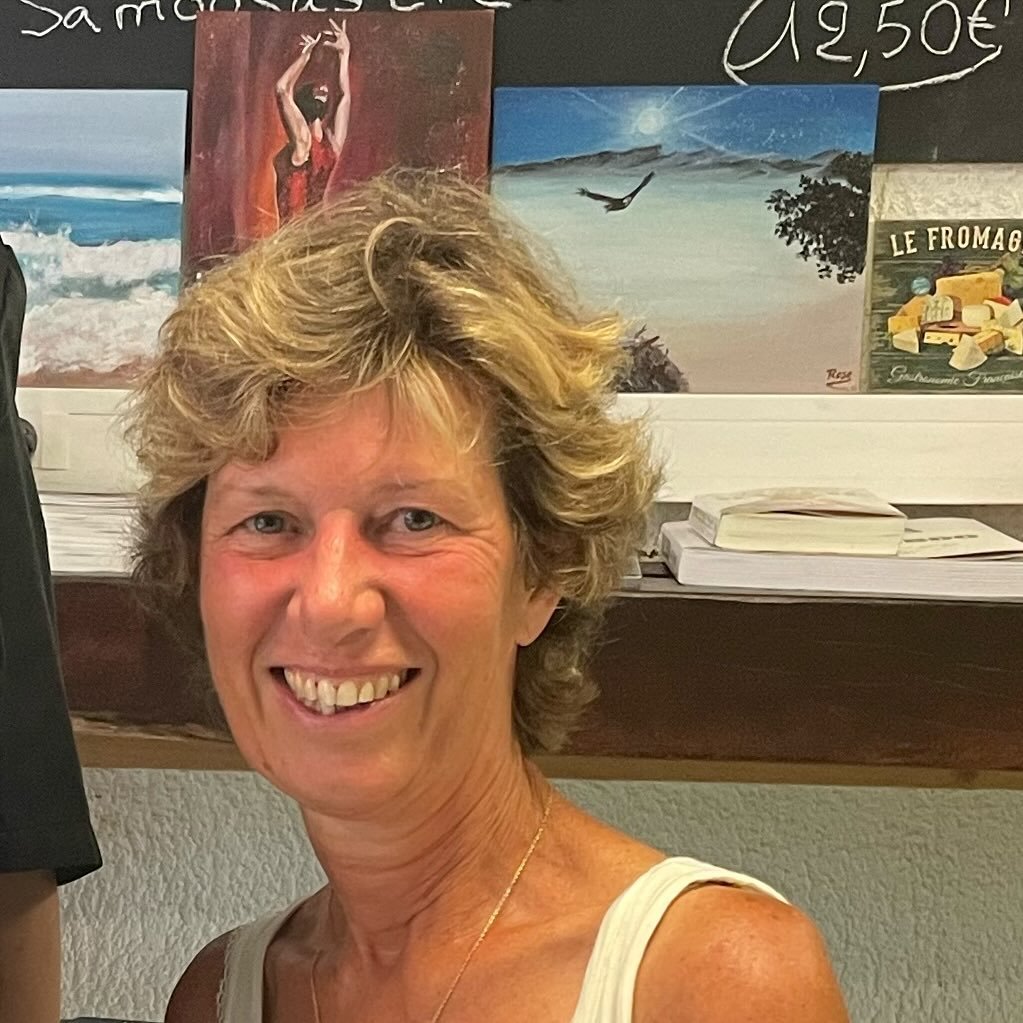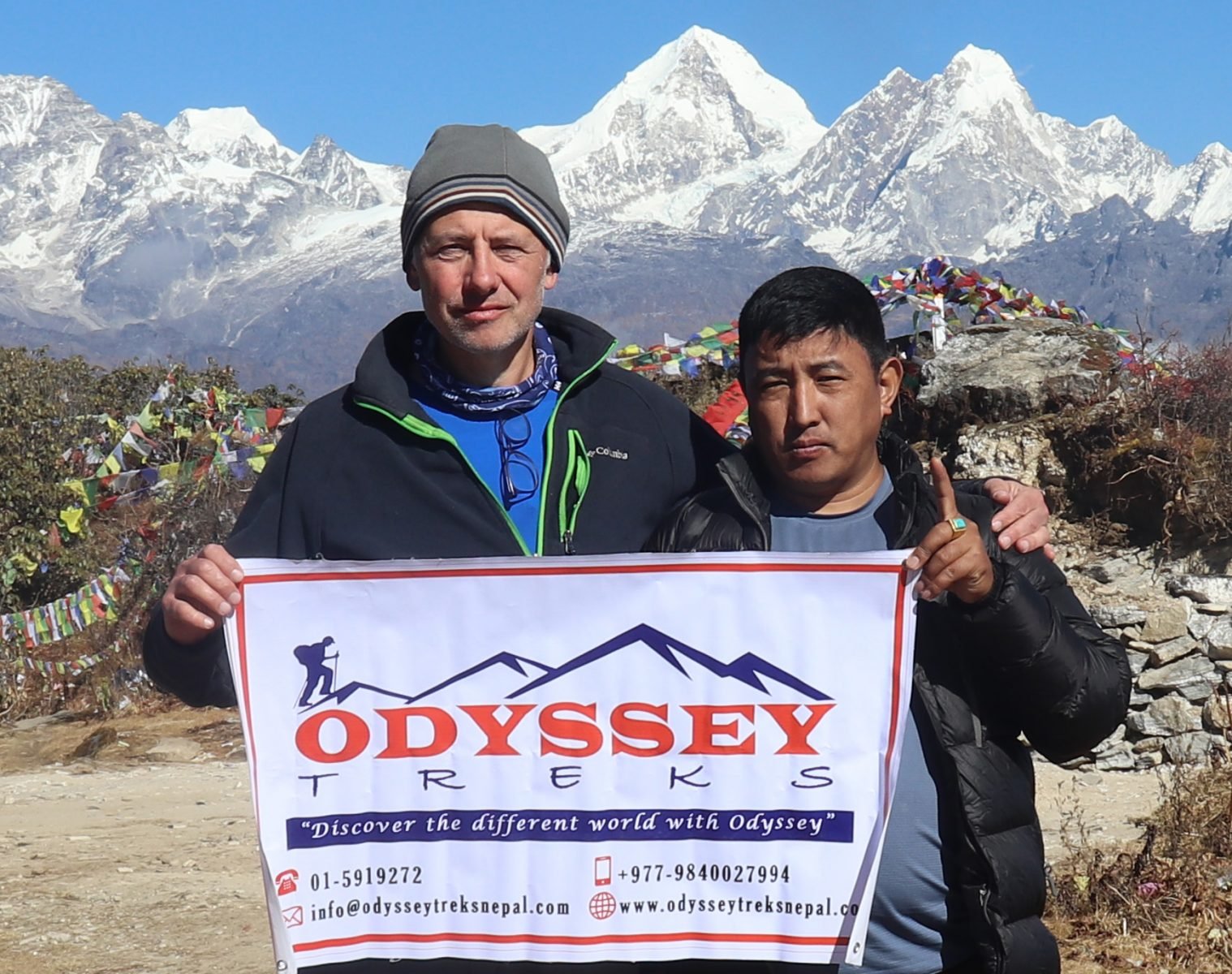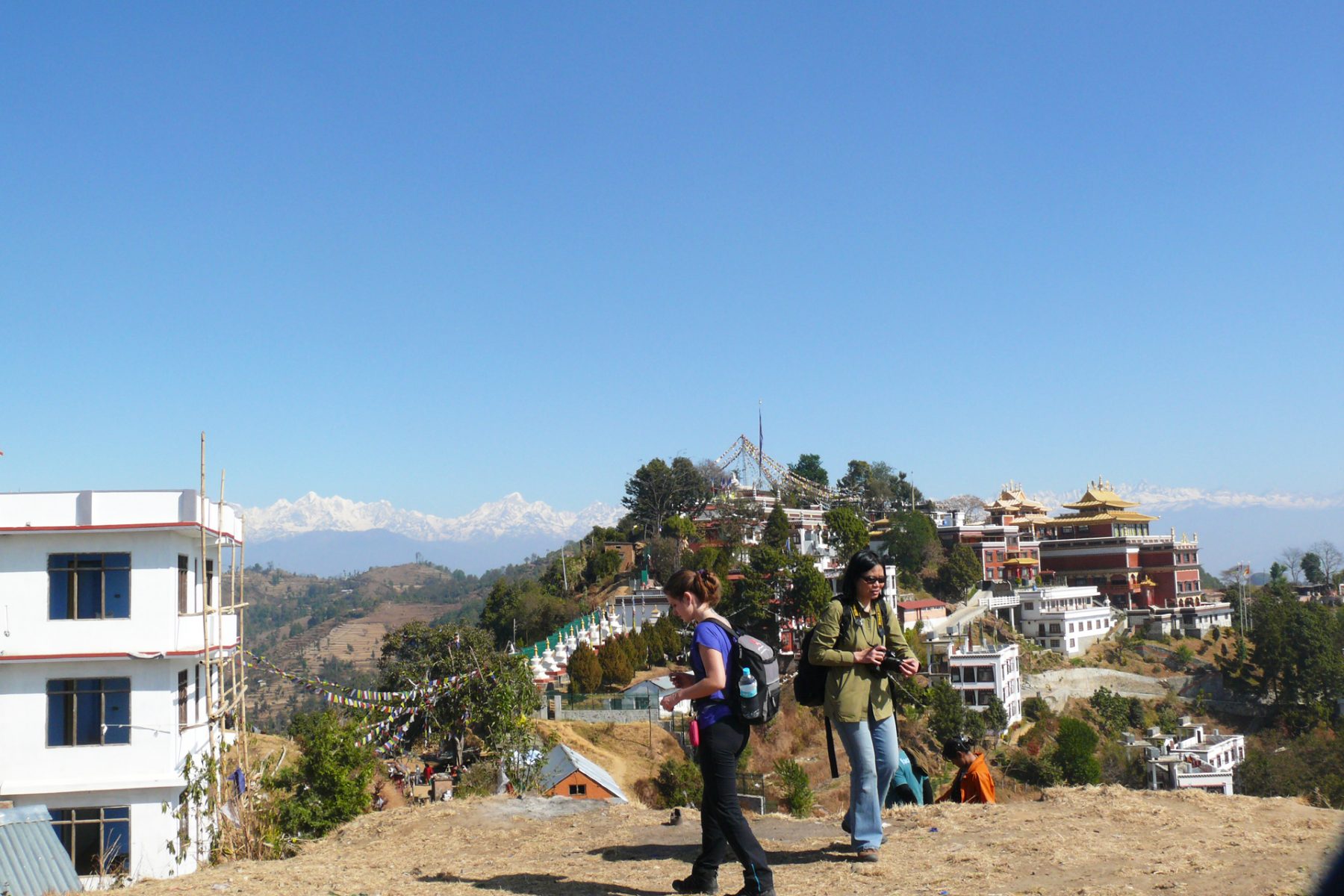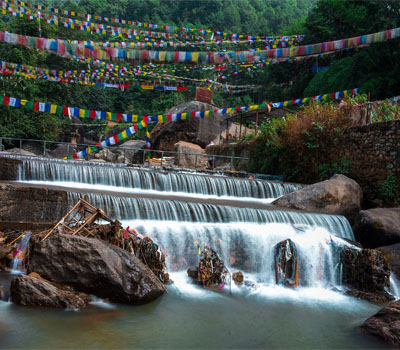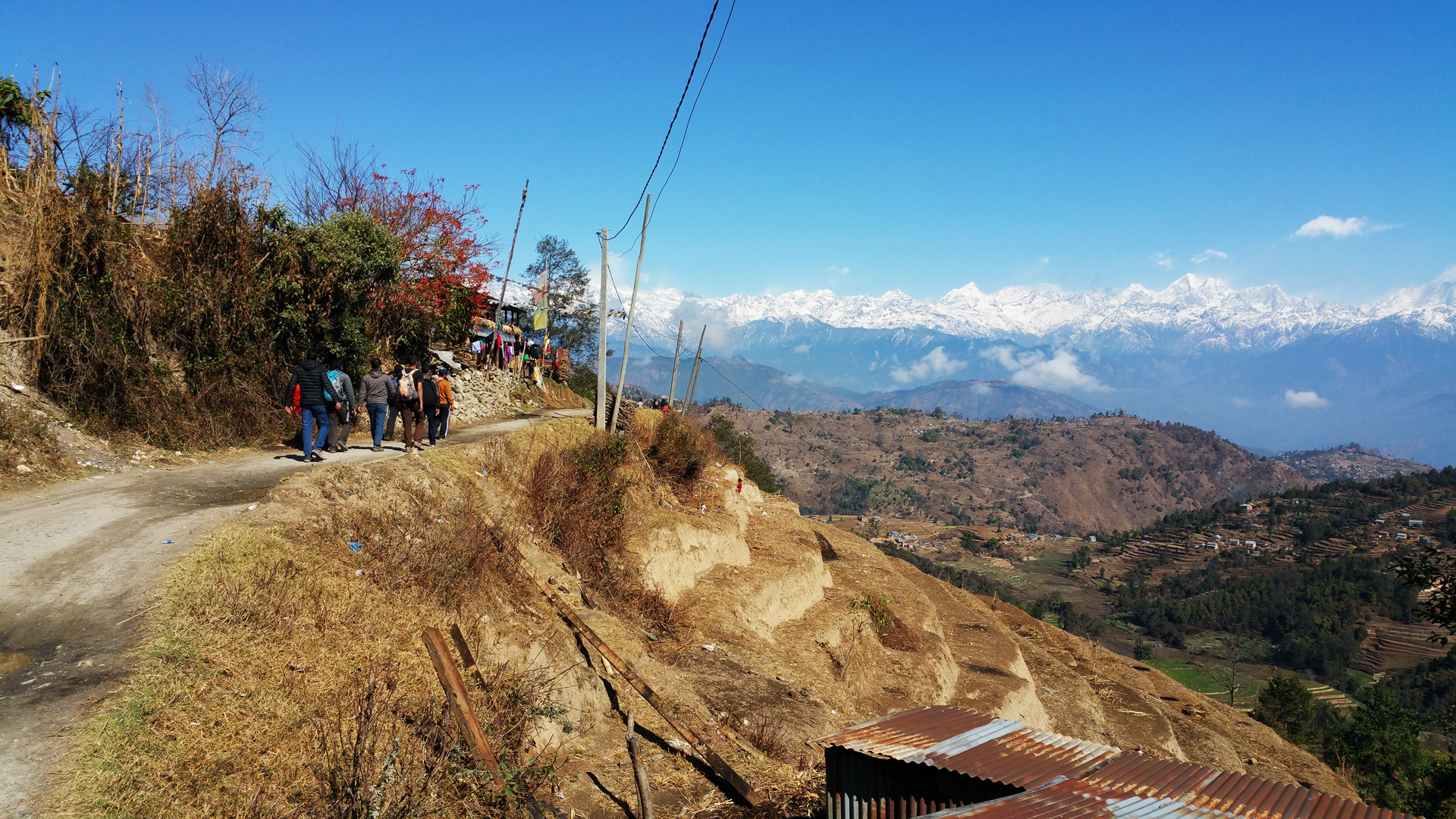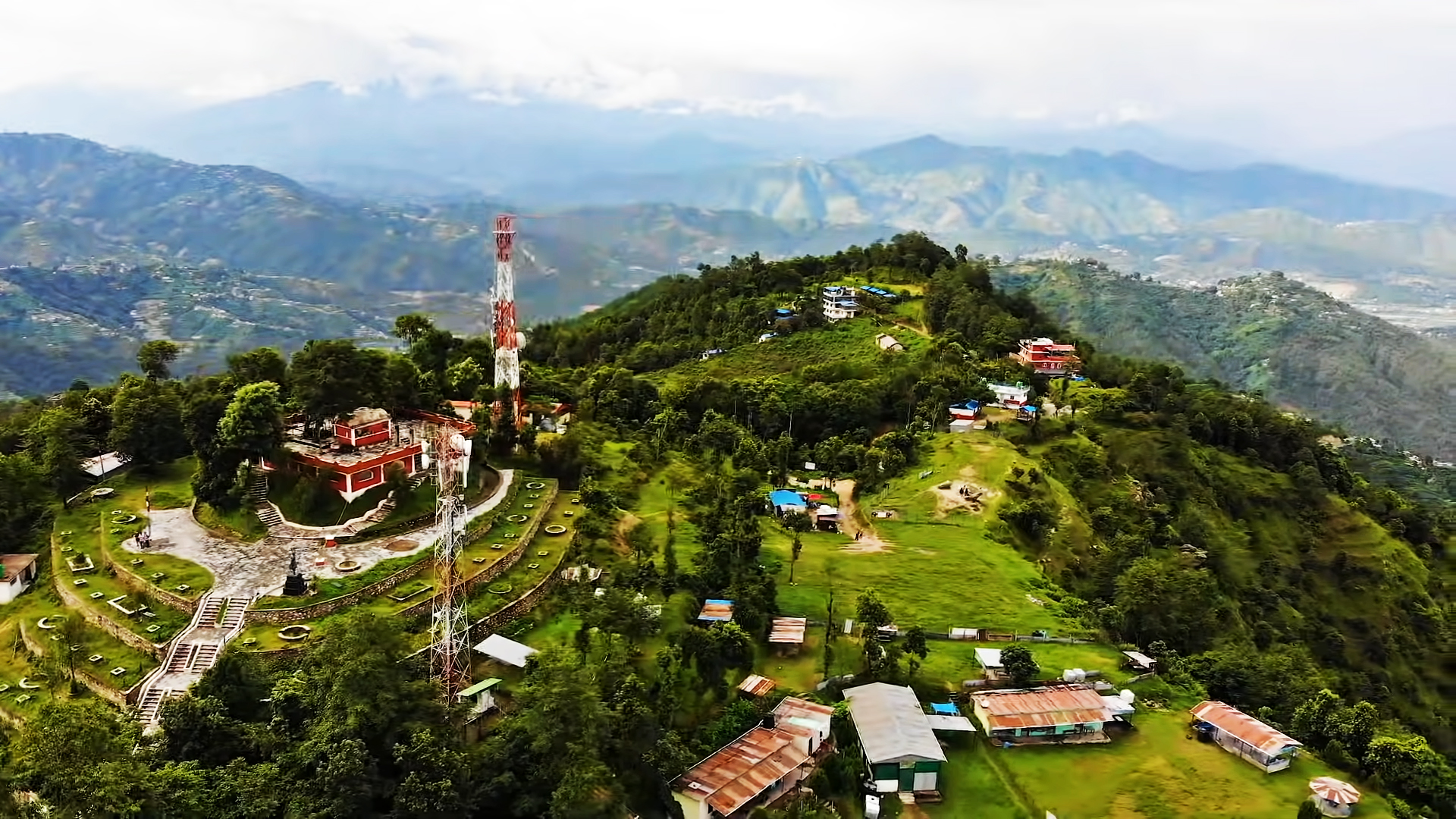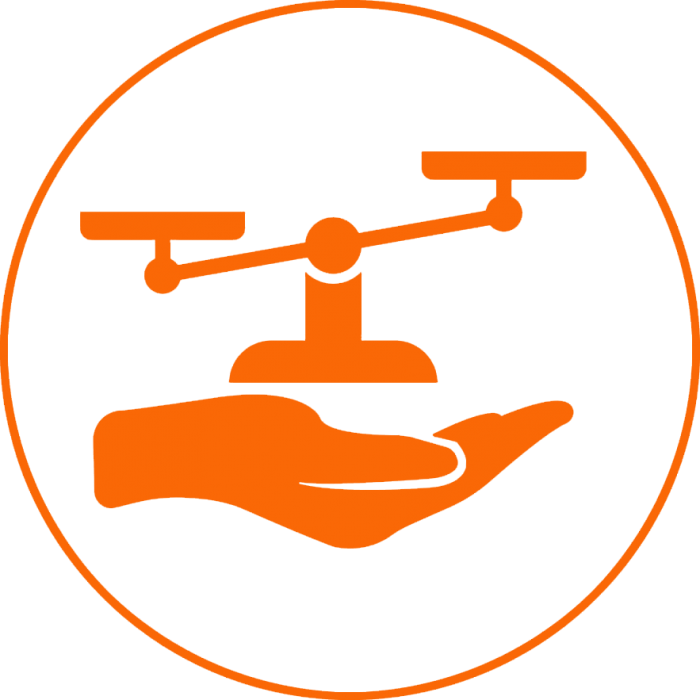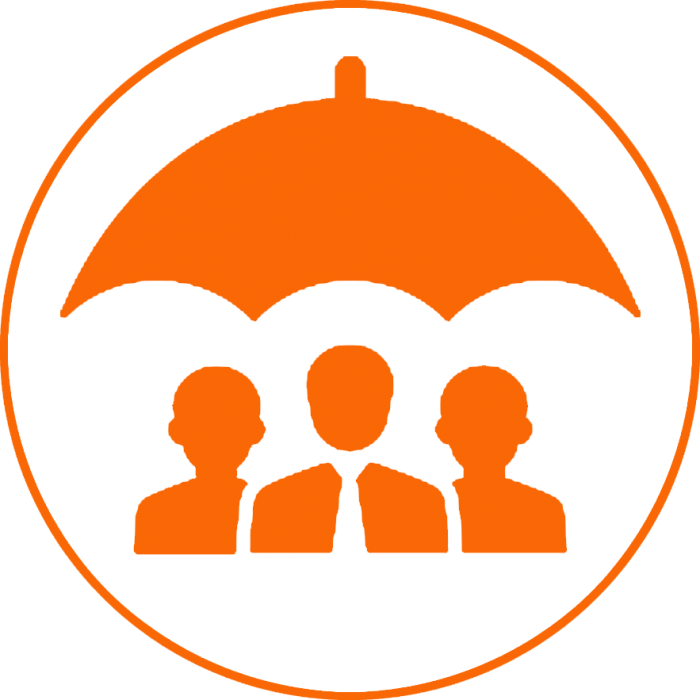Trip Overview
Introduction to Nagarkot Trek
Nagarkot Trek is a short and sweet 3-day trek near Kathmandu. This trip plan is designed for those trekkers in Nepal who have limited time and are looking for short and easy trekking. Staying away from the hustle and bustle of the city and the busy life of the crowds, and interacting with the local people will add another experience to your trip.
With a maximum height of only 2,195 meters above sea level, this trekking is suitable for all age groups where you can get a taste of real Nepal. Not only foreigners but also many domestic tourists come to visit Nagarkot. From the hill station, you can see the panoramic view of Ganesh Himal, Langtang Himal, Gaurishankar Himal, Dorje Lakpa, etc. This place is a famous destination for sunrise views from where the sunrise view looks exciting and enchanting.
This Nagarkot Trek allows you to observe the lifestyle and culture in the area outside the valley. Along the way you cross many villages and forests where you can see waterfalls, green fields, monasteries, Gumbas, temples, beautiful mountains, etc.
You may visit: Namobuddha Trek in just 2 days, Itinerary, Trek in Nepal, Package, Cost
The trip starts from Chisapani
After a 45-minute drive from Kathmandu, you reach Sundarijal from where this trip begins. From there, after a 5-hour walk, you reach Chisapani. Chisapani means “cold water” where the weather is always cold and you will enjoy the real gift of nature.
To reach Chisapani, you walk through the lush forest areas of Shivpuri National Park and see some of the beautiful ethnic settlements in the area. Chisapani village is a mixed settlement of Tamang, Gurung, Sherpa, Chhetri, and Brahmins where you will have a good opportunity to interact with the locals and engage with the village lifestyle.
Lodges in Chisapani are family-friendly and have good basic amenities but are not a luxury. On the second night of your trip to Nagarkot, you can find good luxury hotels. You spend one night in Chisapani and then travel to Nagarkot. The road from Chisapani to Nagarkot is already connected but it is not busy.
The next day you start the journey for the UNESCO heritage site Chagunarayan Temple which takes 4 hours. It is the most ancient temple built in the 5th century in the Kathmandu Valley. After visiting Changunarayan, drive to Kathmandu to end the trek.
This is to be an amazing experience for anyone who wants to see the true beauty of nature in a short and easy trek near the Kathmandu Valley. If you have time, trekking can extend to Dhulikhel and Namo Buddha for 1-2 days.
The Autumn and spring seasons are good for the Nagarkot trek. But you can do it throughout the year due to the easy short-distance trek. Normal fitness is enough for the Nagarkot trek and you don’t need any previous trekking experience.
You may like to visit: Chisapani Trek in just 6 days, Full Itinerary, Cost, Distance, Nature
Trip Itinerary
Drive to Sundarijal (an hour) and trek to Chisapani (2,115m) - 5 to 6 hours walk.
Chisapani to Nagarkot (2,195m) - 6 to 7 hours walk.
Nagarkot to Changunarayan (4 to 5 hours walk) and drive to Kathmandu (1 hour).
Why not list the price?
Each client's needs may be different. The price of the trip varies according to the size of your group and the service you want. The cost of the trip is calculated according to the type of service and accommodation chosen by our customers.
Each trip is customized to fit the client's needs and group size, so the price of each organized trip is different. Please let us know the service you want and the size of the group. We create trips to suit your taste and travel budget per your requirements. Hope you find our price calculation reasonable according to your needs and preferences.
Frequently asked questions about this trip
How difficult is the trek?
The difficulty depends on where and how long you want to trek. The short trek is easy while the long trek requires some physical fitness.
What is altitude sickness?
Altitude sickness is normally known as acute mountain sickness. This can happen when people rapidly climb up to an altitude of more than 3000 meters. We ensure minimal risk by adding rest to our trekking itineraries. Most people will feel some effects of altitude, some shortness of breath and possibly light headache, this is normal enough. Acute mountain sickness patients are quite different and usually have a serious headache, sickness, and lose awareness. In almost all possible cases there are sufficient warning signs to take action properly. Descending to a lower altitude is usually enough to prevent any further problems.
What type of accommodation is available during the trekking?
There are mainly tea houses and lodges available for trekking and they are usually made using local materials and are very comfortable. These accommodations are often family-run and usually provide single and double rooms. The dining room is on the ground floor and is often on fire. All food will be cooked in order in the family kitchen. Toilet facilities are sometimes separate and sometimes outside. Most lodges provide mattresses and blankets. It's a good idea to always have a sleeping bag, which can be useful, and perhaps an inflatable pillow.
How long do we walk every day on trekking?
Trekking programs are classified into three different categories: soft, moderate and hard. Soft treks are only about 7 days to 10 days in duration. They generally do not go above 4000 meters; you can expect to walk about 4-5 hours each day. Moderate treks are challenging enough and long treks that go to the high hill country. Physically exhausting, this involves trekking along the cliffs of the mountains for about 6-8 hours. Harder treks are longer treks that go farther away from the general abode of trekkers and tourists. These physically challenging treks involve walking for 7- 9 hours each day.
How much weight do I need to carry on the trek?
You carry some of your personal belongings, such as warm clothing, water, snacks, sun block, cameras and more. Generally, these items will be lightweight, from 5 to 10kg (10 to 20 pounds). Our porters are available for other heavy goods and for your information one porter would be sharing by two people. The maximum weight carried by one porter is total 20 kg. this means 10 kg. per person is allowed for the trek. In case if you wish to carry more than this weight then you need to hire additional porters.
What is the best time for trekking in Nepal?
October and November are considered as the best times for trekking in Nepal due to dry season. December and January are also considered good times for trekking but it is extremely cold at high altitudes.
Google Reviews
Guest reviews
Thank you a lot for your organization about my trek. It was a superb experience; all was perfect. Karma is a very nice person and a good guide. I appreciated trekking with Odyssey (a reliable Nepal trek operator). If I come back to Nepal, I will be happy to...
Have just returned from my fourth trip to Nepal and as always Odyssey Treks organized everything superbly. We visited Makalu relatively late in the season and were rewarded with empty trails and amazing weather. Karma was as entertaining, friendly, and informative as ever along with Ang Dawa Sherpa who...

